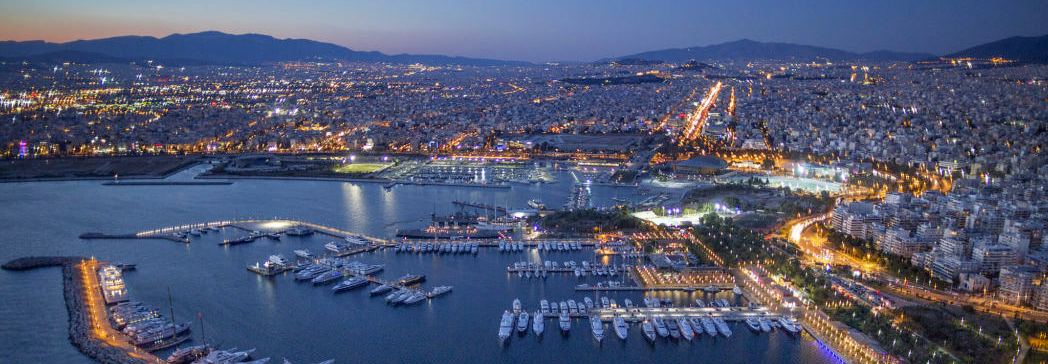Speaker
Description
The $R+R^2$ (Starobinsky), where $R$ is the Ricci scalar, and the Higgs inflationary models represent the simplest phenomenological inflationary models which are internally
consistent, have only one free dimensionless parameter taken from observations, produce a smooth exit from inflation to the subsequent hot radiation-dominated stage through an intermediate matter-dominated one, and which formally identical prediction for primordial scalar (matter) perturbations is in the excellent agreement with all present observational data. Their target prediction for the tensor-to-scalar ratio is $r = 3(1 - n_s )^2 = 0.004$. Consideration of the mixed $R^2$ Higgs inflationary model driven both by the modified $R+R^2$ gravity and a strongly non-minimally coupled scalar (possibly, the Higgs) field helps to shift problems with strong coupling at high energies up to the Planck energy scale. The inflationary behavior of this two-field model is effectively one-field-like and depends on one parameter, too [1]. The difference between these three models lies in their post-inflationary behaviour which becomes especially interesting and complicated in the mixed $R^2$ - Higgs case due to its chaotic character [2,3]. The rate of post-inflationary heating though particle creation in the mixed model is intermediate between those in the Higgs and $R^2$ models. Generically inflaton (scalaron) decay is not instantaneous and occurs after a large number of its oscillations. In some fine-tuned ranges of its parameters, morerapid preheating through tachyonic instability of the Higgs field becomes possible. In other ranges, reheating ends in the perturbative regime. However, even in the latter case, the reheating temperature in the mixed model is typically high due to the large non-minimal Higgs coupling to gravity.
-
M. He, A. A. Starobinsky and J. Yokoyama, JCAP 1805, 064 (2018); arXiv:1804.00409.
-
M. He, R. Jinno, K. Kamada, S. C. Park, A. A. Starobinsky, J. Yokoyama. Phys. Lett. B 791, 36 (2019); arXiv:1812.10099.
-
M. He, R. Jinno, K. Kamada, A. A. Starobinsky, J. Yokoyama. JCAP 2101, 066 (2021); arXiv:2007.10369.

